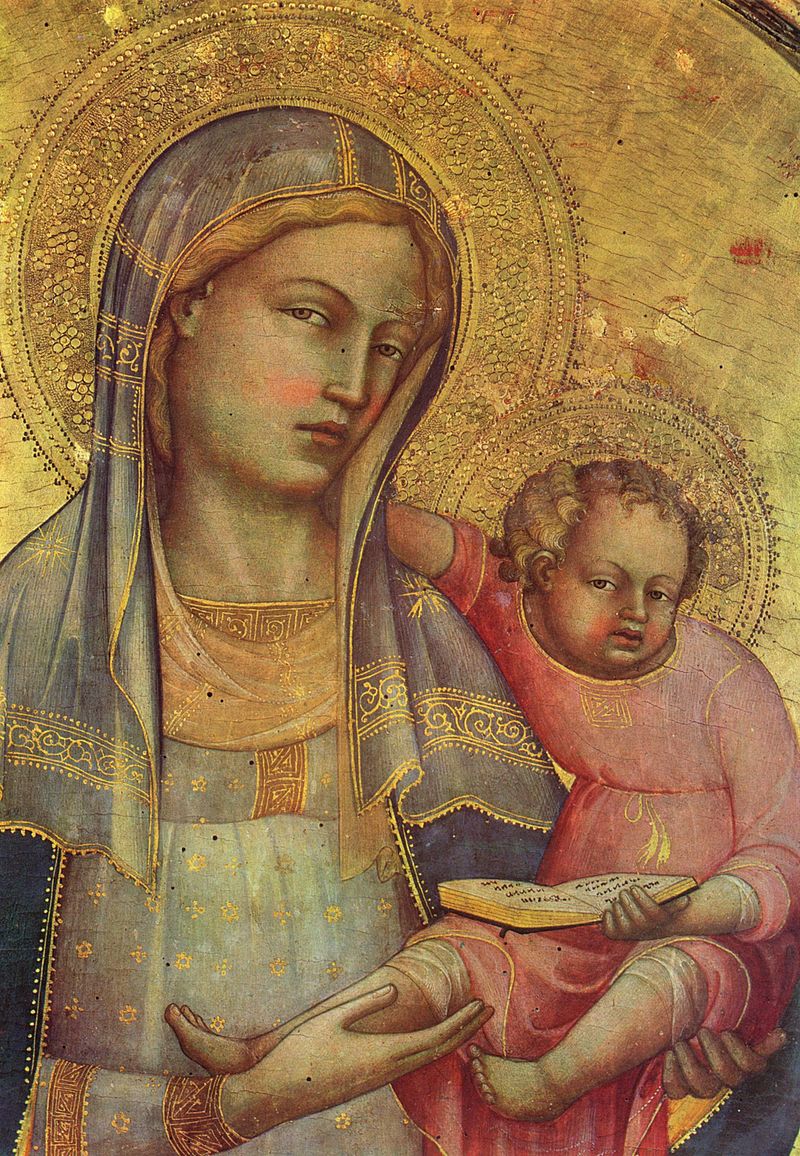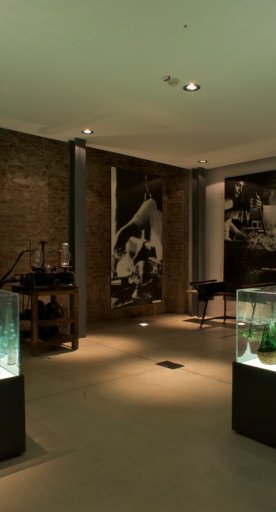Museum of the Collegiate Church of Sant’Andrea in Empoli
An itinerary among medieval and Renaissance masterpieces, from Masolino to Giovanni Pisano, in the heart of Empoli
The Museum of the Collegiate Church of Sant’Andrea, founded in 1859, is one of the oldest ecclesiastical museums in Italy and a point of reference for the study of painting and sculpture between the Middle Ages and Renaissance in Tuscany. It is housed in the ancient Palazzo della Propositura, adjacent to the Collegiate Church of Sant’Andrea in Empoli, after being relocated from the Chapel of San Lorenzo.
The original core of the collection consisted of works from the Collegiate Church itself, the Benedictine monastery, other churches in the Empoli area, along with private bequests. Over time, the collection has expanded to now include some 90 paintings and sculptures, spread over 2 floors for a total of 8 rooms, in addition to the covered loggia that holds precious glazed terracottas from the Della Robbia and Buglioni workshops.
Prominent among the museum’s protagonists are great masters such as Filippo Lippi, Masolino da Panicale, Lorenzo Monaco, Francesco and Raffaello Botticini, Antonio Rossellino, Giovanni Pisano, Mino da Fiesole, Lorenzo di Bicci, Agnolo Gaddi and Jacopo Chimenti, offering a rich and articulate panorama of artistic production between the 13ᵗʰ and 16ᵗʰ centuries.

The most famous works include the touching Christ in Piety (c. 1424), a detached fresco executed by Masolino during his time in Empoli; the refined Madonna and Child (c. 1270) by Giovanni Pisano, one of the oldest examples of Gothic sculpture in Tuscany; and the delicate Madonna and Child by Mino da Fiesole, originally placed on the counter-façade of the Collegiate Church. Alongside these stand out Lorenzo Monaco’s Madonna of Humility (1404), a true masterpiece of International Gothic, and the 2 monumental tabernacles: that of Saint Sebastian, the result of a collaboration between Antonio Rossellino and Francesco Botticini, and that of the Sacrament by Botticini.
Through a chronological and thematic arrangement, the museum offers a journey through the history of art from the 13ᵗʰ to the 17ᵗʰ century, interweaving the memory of local communities with the great names of the Florentine Renaissance.
Accessibility information: feelflorence.it




